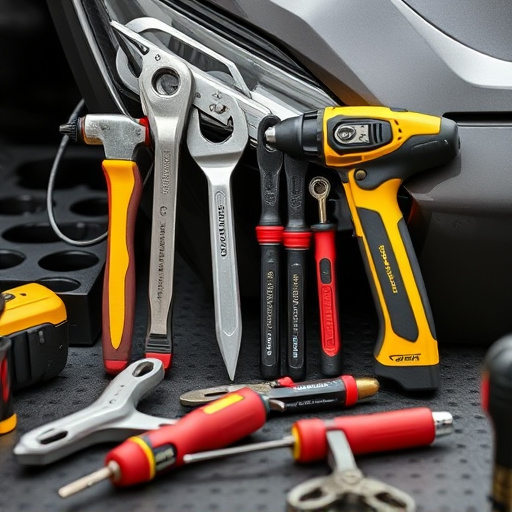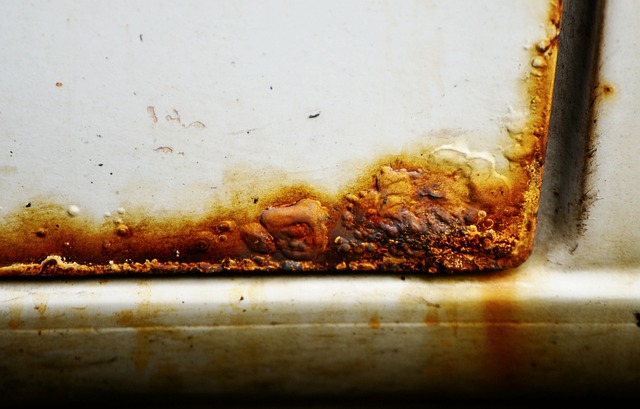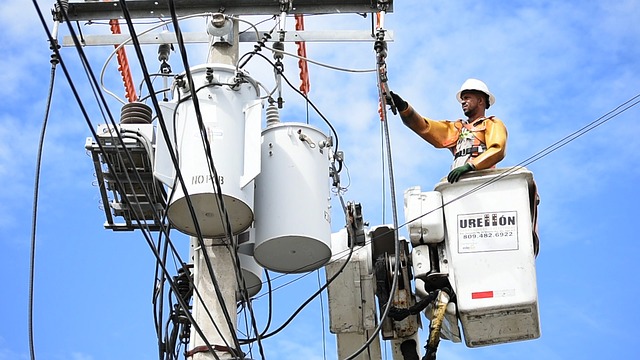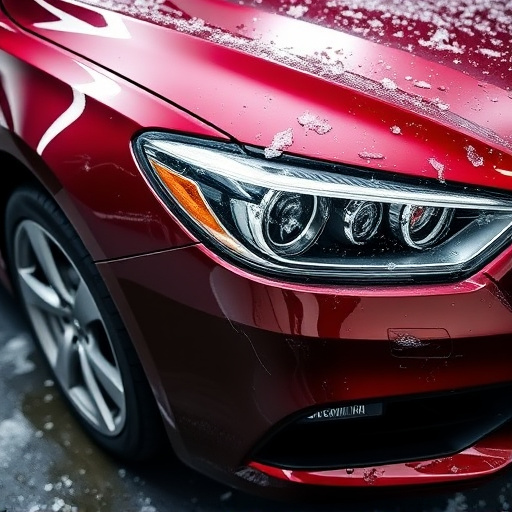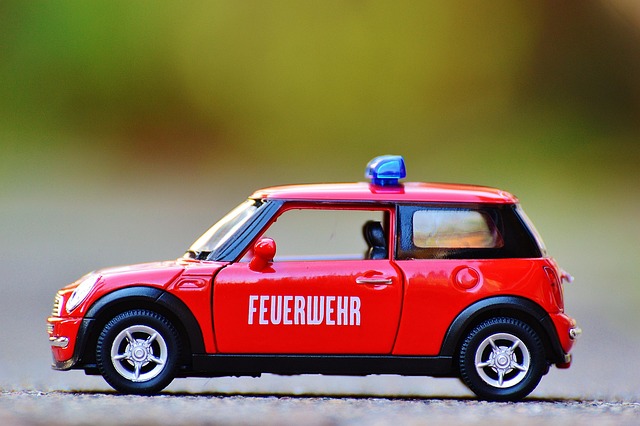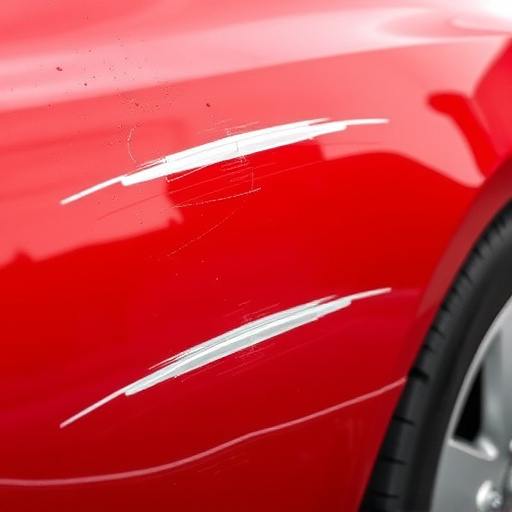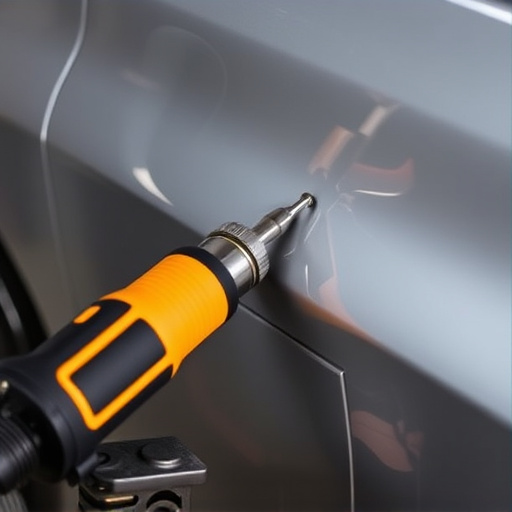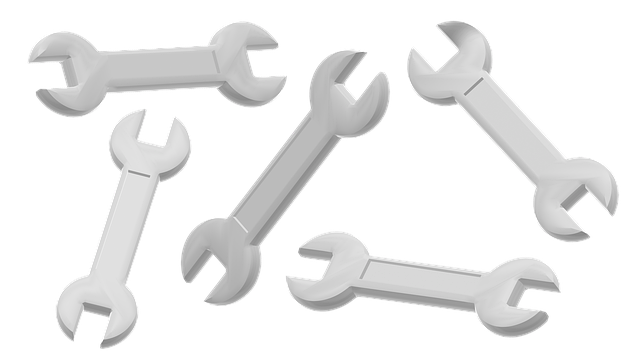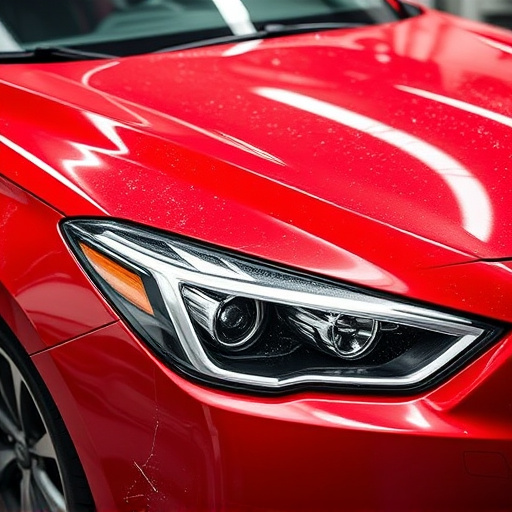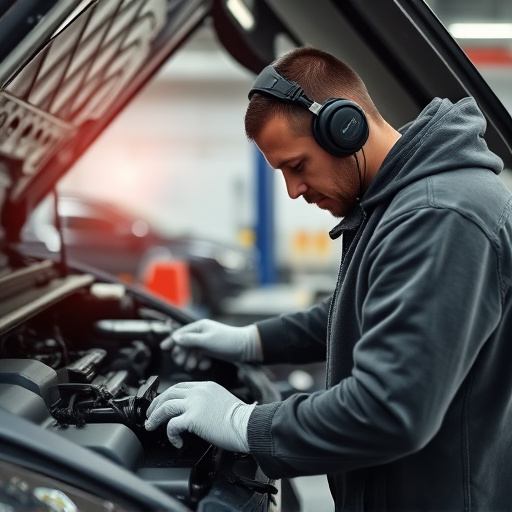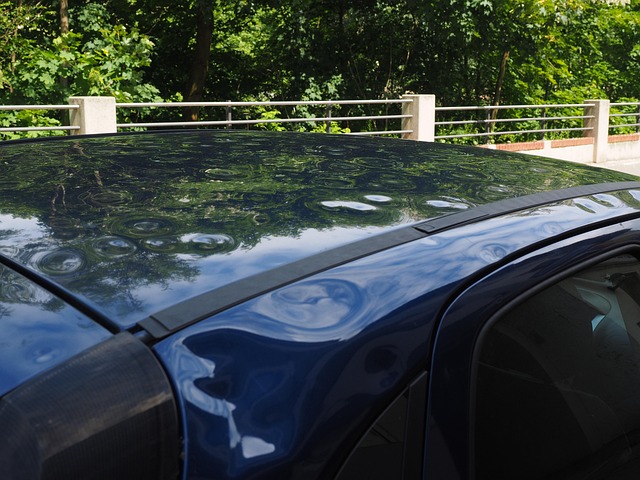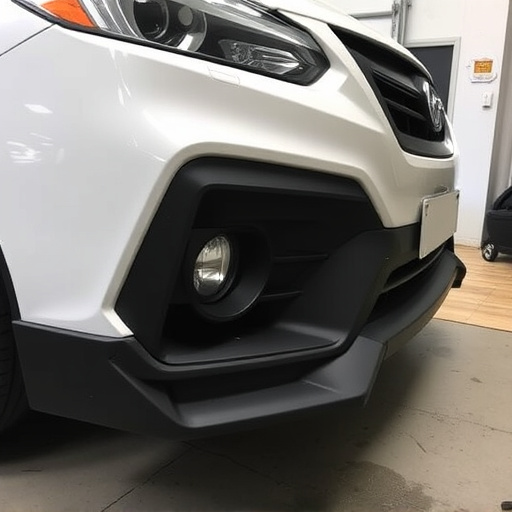The vehicle body repair industry is transitioning to environmentally safe repair methods to mitigate environmental concerns. By adopting eco-friendly materials, water-based paints, and advanced technologies, repair shops reduce waste, emissions, and health risks associated with traditional practices like welding and using volatile organic compounds (VOCs). Case studies show that these innovations, despite higher upfront costs, significantly decrease ecological impact while maintaining high structural integrity and long-term vehicle resilience.
In today’s world, transitioning towards sustainable practices has become paramount, especially within the construction sector. This article delves into a comparative analysis of traditional repair methods against environmentally safe alternatives. We explore the impact of conventional techniques and their detrimental effects on the ecosystem. Furthermore, we present a comprehensive overview of eco-friendly repair options, examining case studies to highlight successful outcomes and long-term sustainability. By understanding these contrasting approaches, professionals can make informed choices, contributing to a greener future.
- Understanding Traditional Repair Practices and Their Impact
- Exploring Environmentally Safe Alternatives: A Comprehensive Look
- Case Studies: Comparing Results and Sustainability
Understanding Traditional Repair Practices and Their Impact
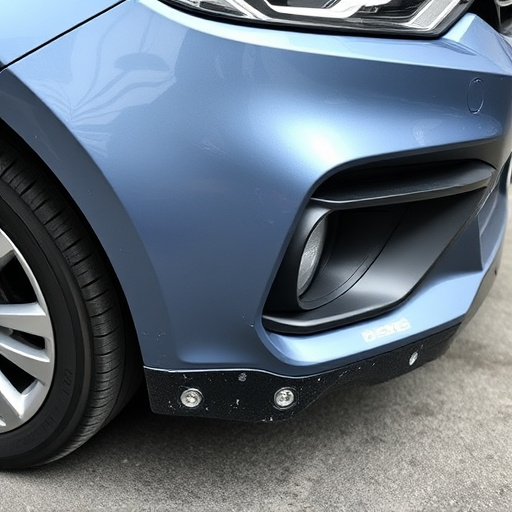
Traditional repair practices have long been the go-to method for fixing damaged vehicles, especially in the realm of automotive body work and collision repair. This often involves intensive processes such as welding, painting, and using various chemicals to restore the vehicle’s original condition. While effective, these traditional methods can have a significant environmental impact. The use of toxic materials, volatile organic compounds (VOCs), and energy-intensive procedures contribute to air pollution, land degradation, and climate change.
In response to growing environmental concerns, environmentally safe repair methods are gaining traction in the vehicle body repair industry. These innovative practices prioritize sustainability by employing eco-friendly materials, water-based paints, and advanced technologies that reduce waste and emissions. By adopting these safer alternatives, repair shops can minimize their ecological footprint while still delivering high-quality automotive body work.
Exploring Environmentally Safe Alternatives: A Comprehensive Look
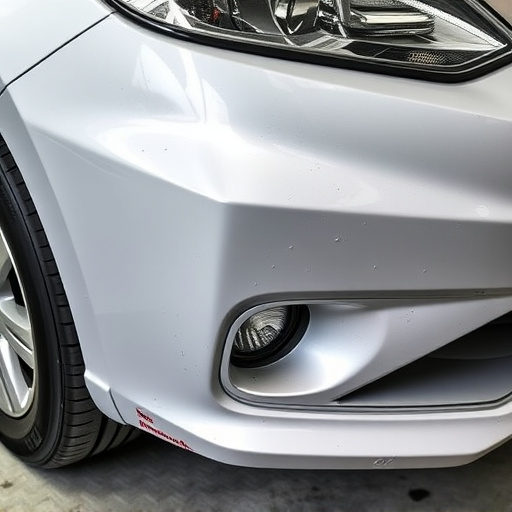
In recent years, there’s been a growing interest in exploring environmentally safe alternatives for various industries, including automotive repair. Traditional methods often rely on toxic chemicals and materials, contributing to environmental pollution and posing risks to workers’ health. As such, transitioning to environmentally safe repair methods is not just a trend but a necessary step towards sustainability. This shift is particularly significant in the automotive collision repair sector, where processes like painting and sanding generate significant amounts of harmful waste.
One promising area of focus within environmentally safe repair is the use of eco-friendly materials and technologies. For instance, water-based paints and biodegradable solvents are being developed to reduce toxic emissions. Additionally, auto glass replacement techniques that minimize waste generation and energy consumption are gaining traction. Many automotive body shops are now adopting these innovations, ensuring not only the quality of repairs but also contributing to a greener future by reducing their environmental footprint.
Case Studies: Comparing Results and Sustainability

When comparing traditional and environmentally safe repair methods, case studies offer a tangible look at real-world outcomes. By examining successful implementations in both automotive restoration and frame straightening, we can gauge the effectiveness and sustainability of each approach. Studies have shown that environmentally safe techniques, while sometimes requiring more time and resources upfront, result in reduced environmental impact and often lead to superior structural integrity in the final product.
For instance, a comparison between a collision center using traditional methods and one adopting eco-friendly practices revealed significant differences. The collision center utilizing environmentally safe repair showed lower emissions, less waste generation, and better retention of vehicle original material. These findings underscore the potential for sustainable practices to not only minimize ecological damage but also contribute to the longevity of vehicles, making them more resilient in the long term.
In comparing traditional repair methods with their environmentally safe alternatives, it’s evident that the latter offers a more sustainable and responsible approach. The case studies presented highlight successful outcomes from eco-friendly repairs, proving their efficacy as game changers in reducing environmental impact. As we navigate towards a greener future, adopting these alternative techniques is crucial for both preserving our planet and fostering a healthier landscape. By embracing environmentally safe repair methods, we can make significant strides towards mitigating the adverse effects of traditional practices.
